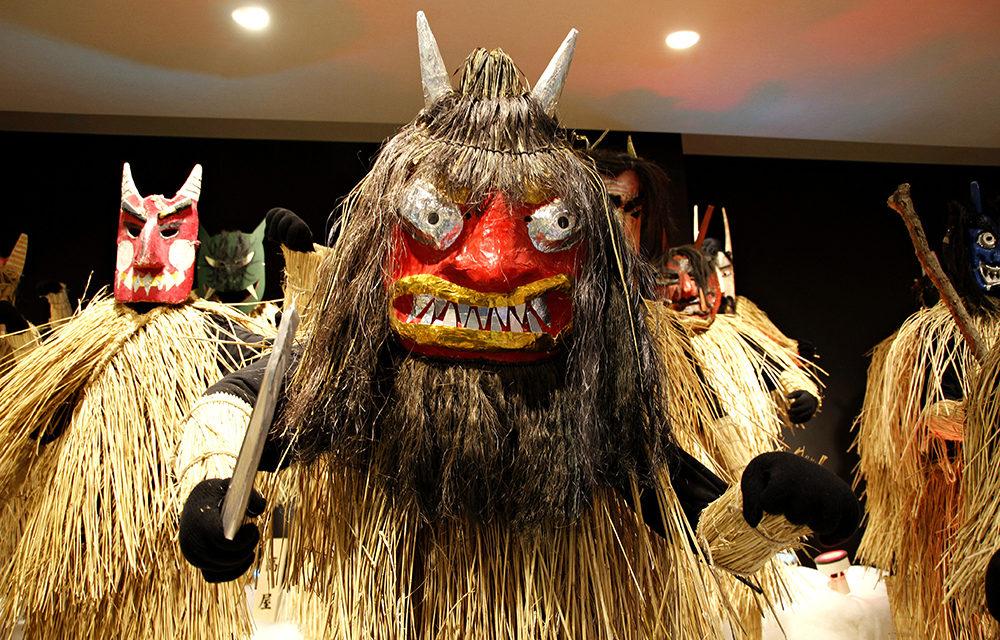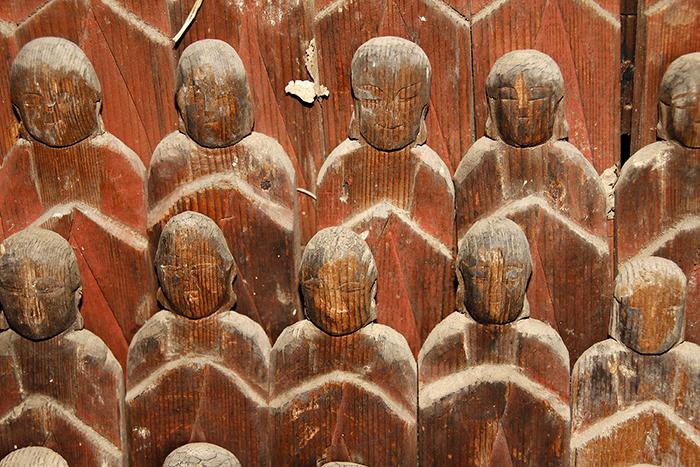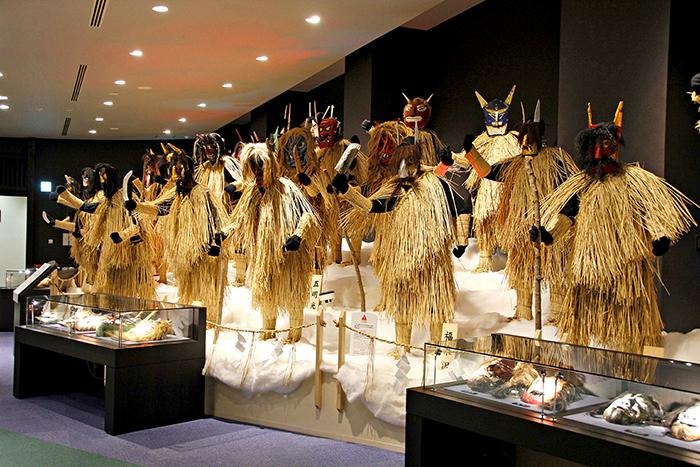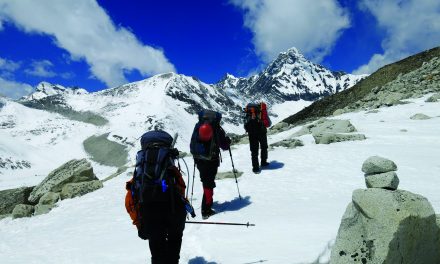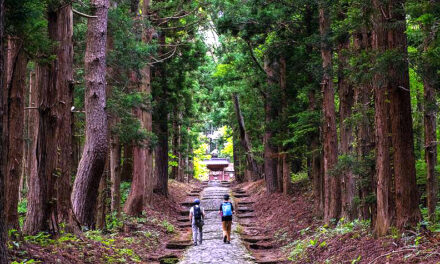Japan
Happy Namahage New Year from Japan’s Mountain Ogres
Article and photography by Steve Gillick
It’s New Year’s Eve in Northwestern Japan. The peaceful calm of a snowy evening is about to be shattered. A dull, unsettling moaning sound seems to get louder as it approaches your home. Suddenly, loud banging on the walls is followed by a shocking CRASH, as the entrance door is flung open and two terrifying figures tramp into your house.
They’re dressed in coats of straw with their feet bound in straw sandals. They carry a small bucket in one hand and a menacing carving knife in the other. Their faces are obscured by colorful scowling masks conveying horror and dread.
The intruders yell out questions in an accusatory way as they clomp toward the stove or the fireplace. “Are there any cry babies around”? “Are there any naughty kids here”? ”Any lazy people neglecting their work”? And meanwhile, the children are either hiding in fear, crying at the horrific spectacle, or nervously laughing at the anticipated arrival of the Namahage (pronounced Nom-a-hah-gay).
These scenes of trepidation occur in the villages along the Oga Peninsula in Akita Prefecture. It’s a little off the beaten path, however the four hour train journey from the city of Morioka is a relaxing ride past mountains and forests. The Namahage Museum Bus departs from the Oga Train Station. Our first stop was a small building, dating to 1714, known as the ‘10,000 Buddhas of Shinzan’. The walls and ceilings are covered with miniature, carved, wooden Jizo statues representing the Bodhisattva who decided to postpone Buddhahood until all could be saved. It’s a place of reverence, protection, peace and comfort for troubled souls
From there it’s a 20-minute walk to the Namahage Musuem.
The word ‘Namahage’ refers to heat blisters; sores that lazy people get from idly sitting around the fire for too long. The task of the Namahage is to confront the guilty and get them to change their ways before the New Year. To do this, 2-3 young men dressed as Namahage visit each household. If a child is not doing their homework or a member of the family is not pulling his/her weight in doing the chores, then, with a bit of advance notice, the Namahage build this into their frightening talk. And afterward, they join the head of the household for food, sake, and assurances that those who need to change their ways, will do so.
In the Namahage Museum, visitors can dress up like an Ogre in straw cloak, shoes and masks. After a few selfies, they enter the exhibit hall filled with Namahage figures representing New Years traditions in the different villages on the Peninsula. An eerie soundtrack, with whispers of ‘whoa, whoa’, enhances the spooky, surreal atmosphere.
The days surrounding New Years represent an occasion for many societies and cultures to toss out the old, say farewell to bad luck, promise to turn a new leaf and strive to attract good karma for the New Year. The frightening ogres of Namahage are part of this enamoured tradition.

